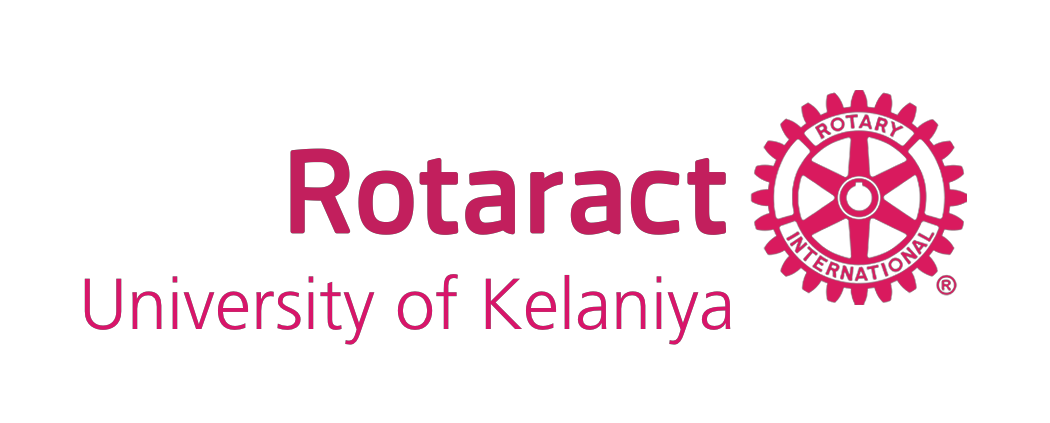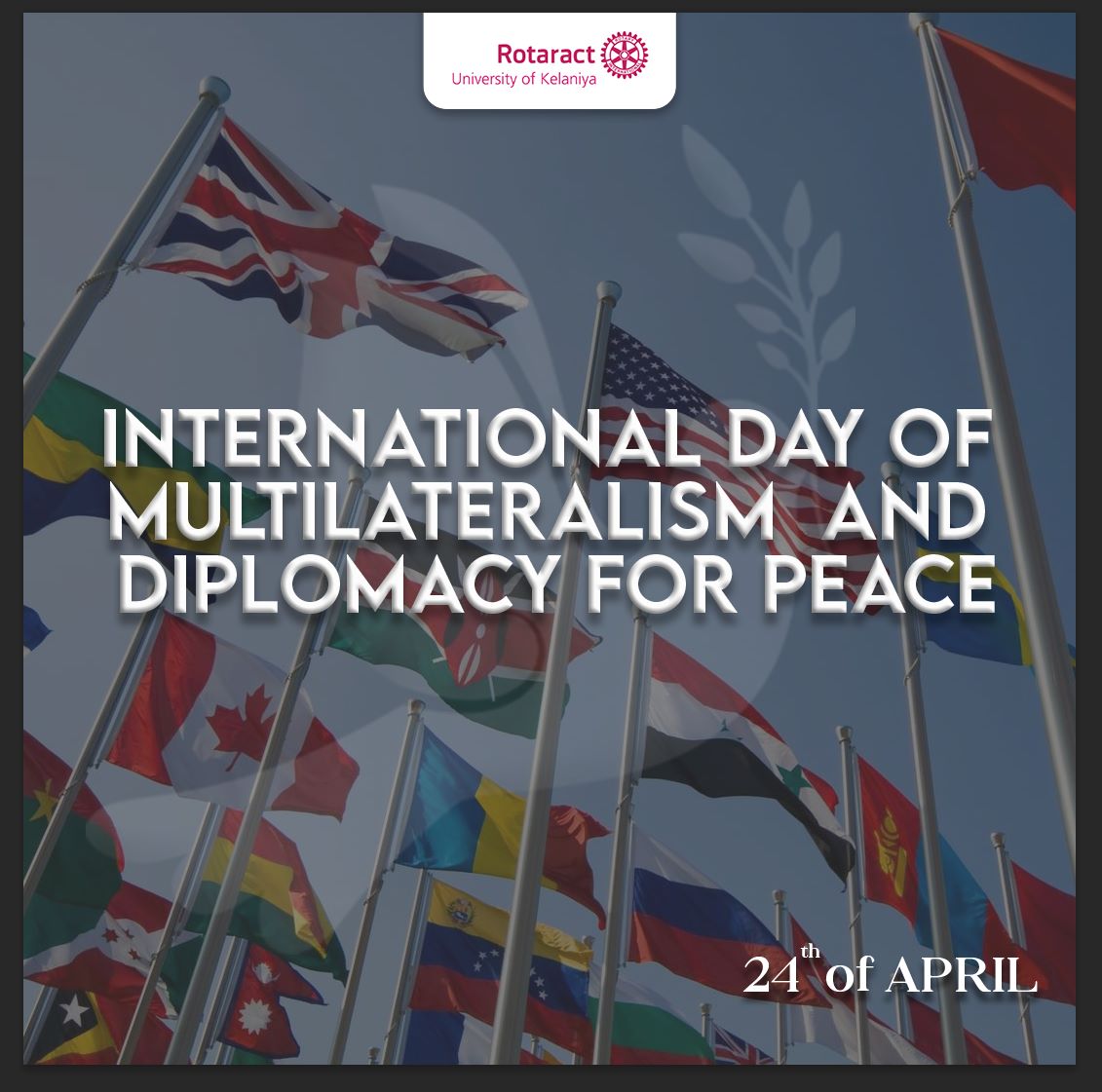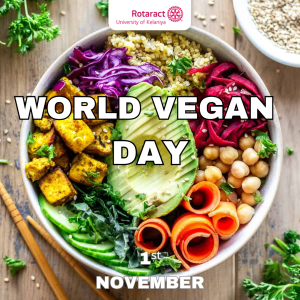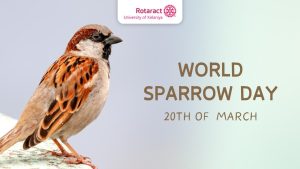‘Multilateralism’ is one the most pertinent words in the current multi-polar world order. Multilateralism is defined as the “process of organizing relations between groups of three or more states” according to the Britannica Encyclopedia. Henry Kissinger the former Secretary of State of the United States of America describes ‘Diplomacy’ as “the art of restraining power” in his famous book called ‘Diplomacy’. International Relations (IR) specialists show that there are two types of diplomacy and one of them is multilateralism and the other being bilateralism.
The International Day for Multilateralism and Diplomacy for Peace calls for the strengthening of ties between countries and to pacify the hotbeds of the world at present including Russia-Ukraine, Kashmir, Syria and also the Gaza Strip between Israel and Palestine. The Security Council of the United Nations Organization is the main universal body responsible for the maintenance of international peace and security through multilateralism. However, there are some criticisms against the Security Council of the United Nations due to the concept of ‘VETO’ power, a privilege benefited by the five permanent members of the Security Council including the U.S.A, China, France, Russia and Great Britain. A succinct example to this is Russia’s process of vetoing the decision against the act of Russia’s proclamation of war against Ukraine in 2022.
The North Atlantic Treaty Organization (NATO) and the WARSAW Organization formed during the thirty-year Cold War were wings of multilateralism, even though their primary objective was not the promotion of peace but representing the ideology in their bloc. The Non-Aligned Movement (N.A.M) another multilateral organization of which even Sri Lanka was part of was also established during the Cold War and their main objective was promoting ‘diplomacy for peace’ by not being part of either bloc involved in the Cold War.
If we look at today’s world, we see multilateralism in the form of many international organizations. These organizations are focused on promoting diplomacy for peace by addressing the escalating issues in the world right now from climate change to proxy wars. The Shanghai Cooperation Organization (S.C.O) is one of the main blossoming organizations on which most IR analysts have set their eyes on at present. Their main objective is to counter the sectors known as the ‘Three Evils’ which are terrorism, extremism and separatism. Rising global superpowers including China, Russia, India and Iran are part of this organization. The B.R.I.C.S organization is another example of a present-day multilateral organization that consists of Brazil, Russia, India, China and South Africa. The European Union (E.U), the Association of South East Asian Nations (A.S.E.A.N) are some regional organizations which promote diplomacy for peace through multilateralism in the present world context. The South Asian Association for Regional Cooperation most commonly known as S.A.A.R.C could be developed into an organization which promotes diplomacy for peace although it is not very animating currently. Even solving the Indo-Pakistan conflict lies in the hands of SAARC even though it has left the issue unaddressed.




